The end of coal?
To avoid catastrophic climate change, scientists say, we'll have to abandon the cheapest fossil fuel
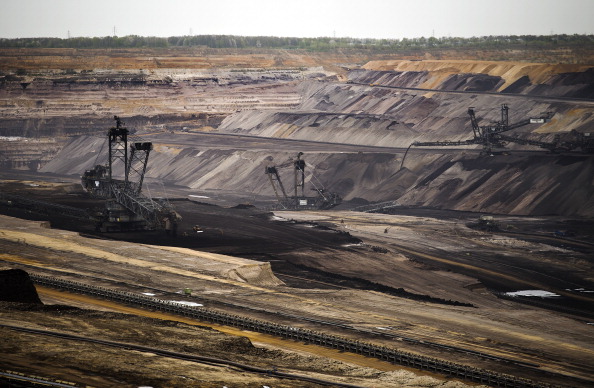
What's wrong with coal?
It's by far the dirtiest fuel source. Burning coal not only fills the air with soot and toxic heavy metals such as lead and mercury but also produces roughly double the amount of carbon dioxide — a key greenhouse gas — than burning natural gas does. Coal consumption in the U.S. pumps about 1.575 billion tons of carbon dioxide into the atmosphere annually, significantly more than the 1 billion tons generated by the country's entire fleet of gasoline-fueled cars. That's why climate scientists, environmentalists, and the Obama administration have targeted a massive reduction in coal use as a key tactic in the fight against global warming. If the world wants to avoid global temperatures rising more than 2 degrees Celsius (3.6 degrees Fahrenheit) above preindustrial levels — the warming limit set by climate scientists for avoiding catastrophic damage — then 82 percent of the world's current coal reserves and 92 percent of the U.S.'s must be left in the ground, a recent Nature study concluded. "There's enough carbon in the ground to really cook us," says former Energy Secretary Steven Chu.
What do we use coal for?
The Week
Escape your echo chamber. Get the facts behind the news, plus analysis from multiple perspectives.

Sign up for The Week's Free Newsletters
From our morning news briefing to a weekly Good News Newsletter, get the best of The Week delivered directly to your inbox.
From our morning news briefing to a weekly Good News Newsletter, get the best of The Week delivered directly to your inbox.
Primarily to provide electricity. Coal-fired plants are the source of 38.7 percent of the electricity consumed in the U.S., and the average American uses 18 pounds of the fossilized plant matter a day to light his or her home and power the television, computer, smartphone, and other gadgets. Coal first became popular in the 18th-century American home as a smokeless alternative to wood. As commercial mining grew in West Virginia and Pennsylvania and the Industrial Revolution reached America, its uses began to grow: first to power locomotives, and then to generate electricity for factories and homes. Today, the developing world is officially hooked on the cheap fuel — which is why "there is no story of climate progress without a story for coal," says Julio Friedmann, a coal specialist at the Department of Energy. That's what makes President Obama's vow to wean America off coal so challenging.
What's Obama's strategy?
Last June, the president unveiled his Clean Power Plan, overseen by the Environmental Protection Agency. His plan would cut the U.S. carbon footprint 30 percent from 2005 levels by 2030, mostly by reducing emissions from the country's 600 coal-fired plants. Each state has been assigned its own carbon footprint reduction — from 11 percent for North Dakota to 72 percent for Washington. States can try to reach these ambitious goals by switching to cleaner sources, including nuclear or natural gas–fired plants, and renewables like solar and wind power. If they want to keep their existing coal plants or build new ones, they'll have to install technology to scrub the emissions of most of the carbon. (See below.)
How have coal states responded?
A free daily email with the biggest news stories of the day – and the best features from TheWeek.com
With anger. Red states with a big economic stake in coal production, such as Kentucky and Wyoming, have accused Obama of launching a "war on coal." They argue the Clean Power Plan will destroy thousands of mining jobs and cause at least a 10 percent spike in utility bills. "The president said he would bankrupt the coal industry," says Rep. Mike Kelly (R-Pa.), "and he's spent his presidency trying to do just that." Now these states are fighting back: Led by Senate Majority Leader Mitch McConnell, the senator for coal-dependent Kentucky, 12 states have joined a lawsuit that accuses the EPA of federal overreach. But many energy experts argue that these states are in denial, and that nothing can stop the decline of coal.
Why is that?
The economics of energy are changing. Even before Obama's clean-energy push, the coal industry was hemorrhaging jobs. Coal-mining employment in McConnell's Kentucky, for example, plummeted from 38,000 in 1983 to fewer than 17,000 in 2012. One factor in the decline is the shift from underground mines to "opencast" mining — a mostly automated technique that entails lopping off a mountaintop to create an open pit. But the biggest culprit for coal's decline is the fracking revolution, which has created a boom in natural gas, causing gas prices to plummet 74 percent in the last decade. Natural gas is now an affordable rival to coal in electrical generation, and it's much cleaner. In recent years, 150 coal-burning plants have shut down.
So is coal dead?
The future of energy production in the U.S. is shifting toward natural gas, with wind and solar playing smaller but growing roles. But coal remains very much alive in the developing world. India, where 340 million people have no access to electricity, has proposed building 455 coal-fired plants to meet this demand. In China, where coal provides a whopping 70 percent of the country's electricity, another 363 coal-fired plants were planned, though public concern over pollution may reduce that number. But it's highly unlikely that 82 percent of current global coal reserves will be left in the ground, says earth systems scientist Steven Davis. "There is a global effort to reduce carbon dioxide,'' Davis said, "but it is actually increasing at a shocking rate.''
Is 'clean' coal possible?
In theory, scientists and engineers have found a way to burn coal without fouling the atmosphere. But is it practical? Hopes for cleaner coal rest on "carbon capture and storage," an innovative technique being tested at a power plant in Kemper County, Mississippi. If it succeeds, the process could prevent about 65 percent of the carbon dioxide that's pumped out by the plant from reaching the atmosphere — making coal about as "clean'' as natural gas. First, chemical processes are used to separate the carbon dioxide from coal's emissions. That carbon dioxide is then pumped off and buried underground. The technology works, but is extremely expensive — the Kemper plant cost $5 billion — and has yet to be proven commercially viable. But it might be the only way to clean up a fuel that still powers much of the world, says former Energy Secretary Steven Chu. "I don't see how we go forward without it," he says.
-
 How drones have detected a deadly threat to Arctic whales
How drones have detected a deadly threat to Arctic whalesUnder the radar Monitoring the sea in the air
-
 A running list of the US government figures Donald Trump has pardoned
A running list of the US government figures Donald Trump has pardonedin depth Clearing the slate for his favorite elected officials
-
 Ski town strikers fight rising cost of living
Ski town strikers fight rising cost of livingThe Explainer Telluride is the latest ski resort experiencing an instructor strike
-
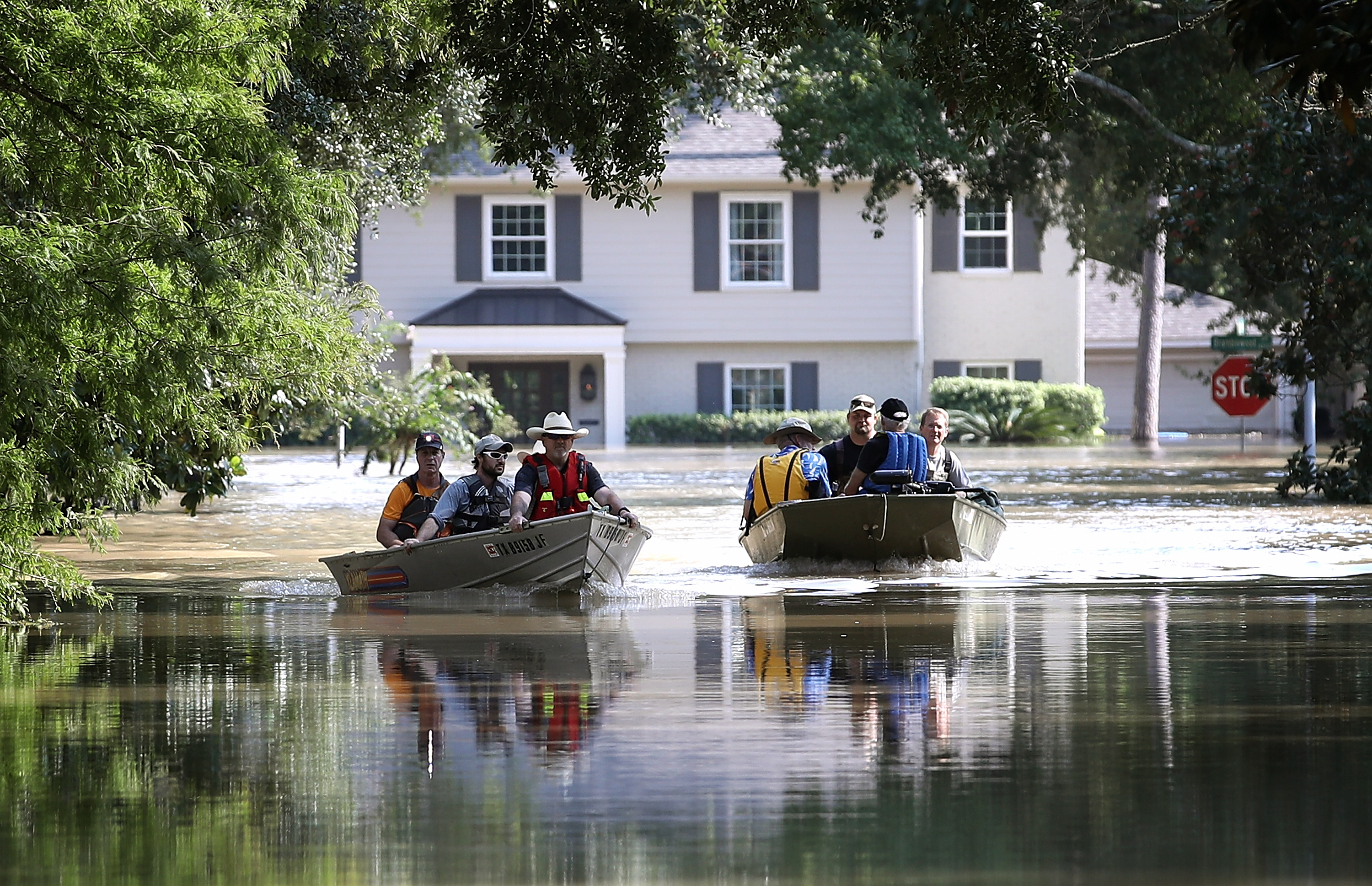 America's flood epidemic
America's flood epidemicThe Explainer Severe flooding is becoming increasingly common in the U.S. — and more destructive
-
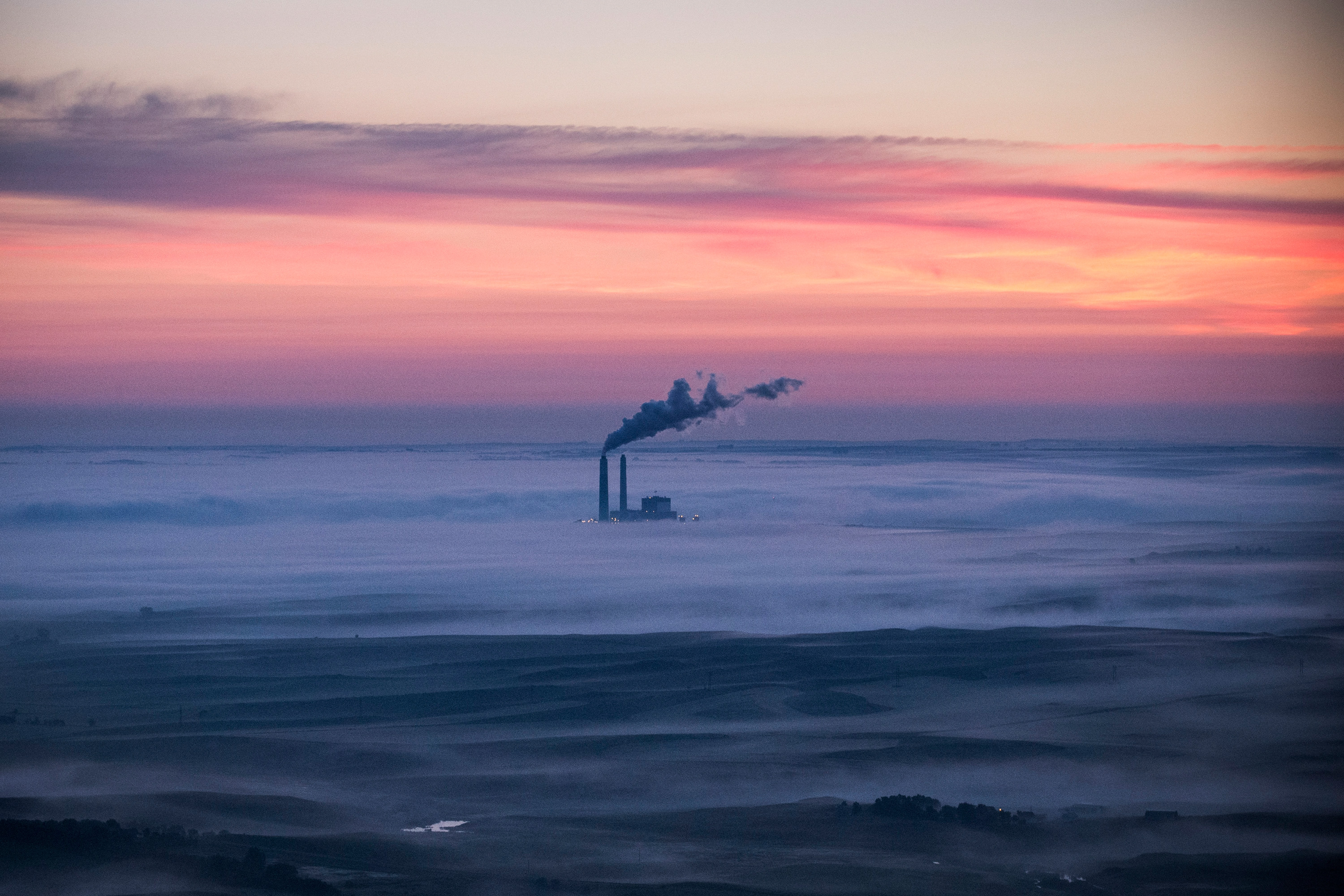 The EPA's changing mission, explained
The EPA's changing mission, explainedThe Explainer After decades of dramatic successes — as well as failures — the Environmental Protection Agency is at a crossroads
-
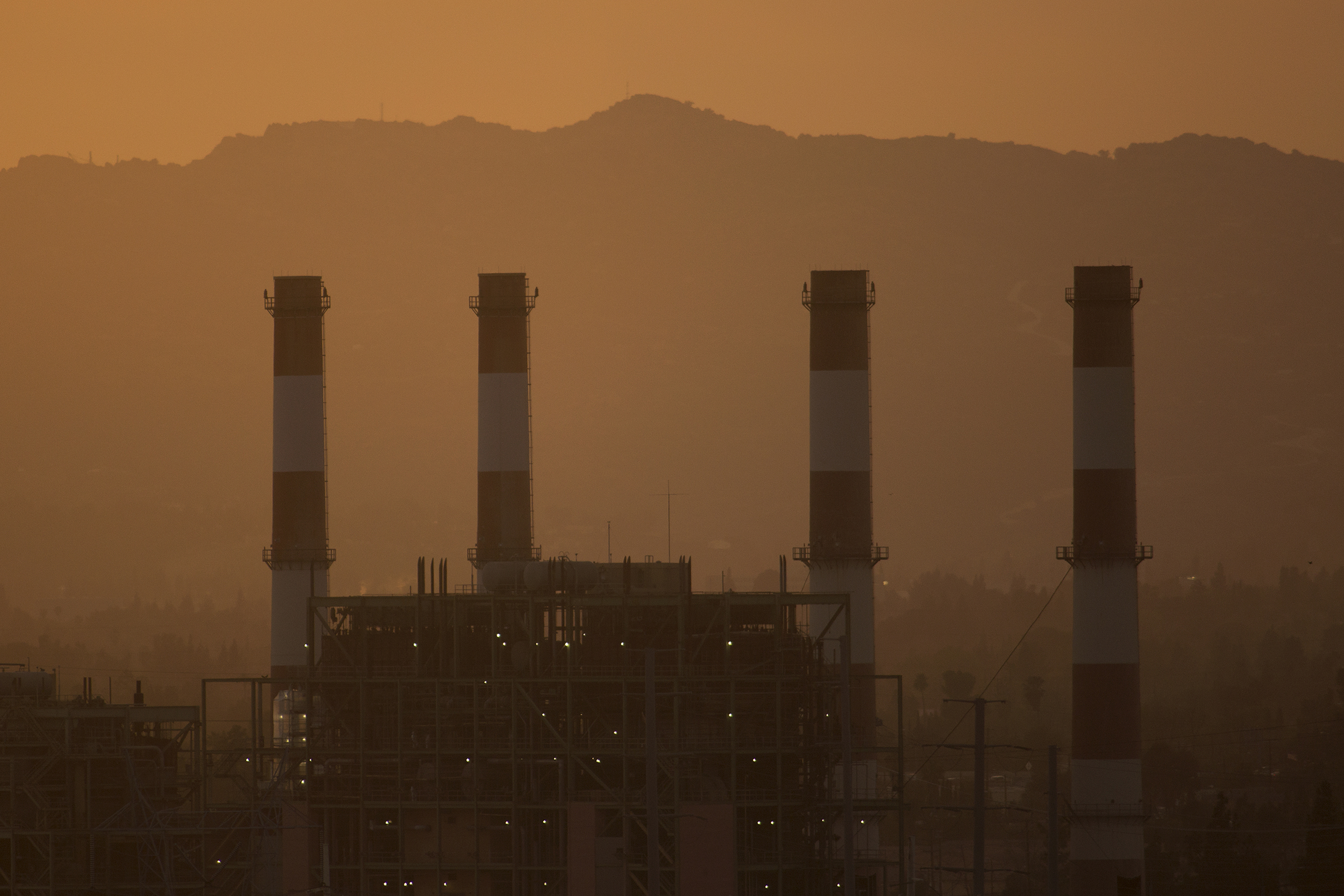 The EPA's changing mission, explained
The EPA's changing mission, explainedThe Explainer After decades of dramatic successes — as well as failures — the Environmental Protection Agency is at a crossroads
-
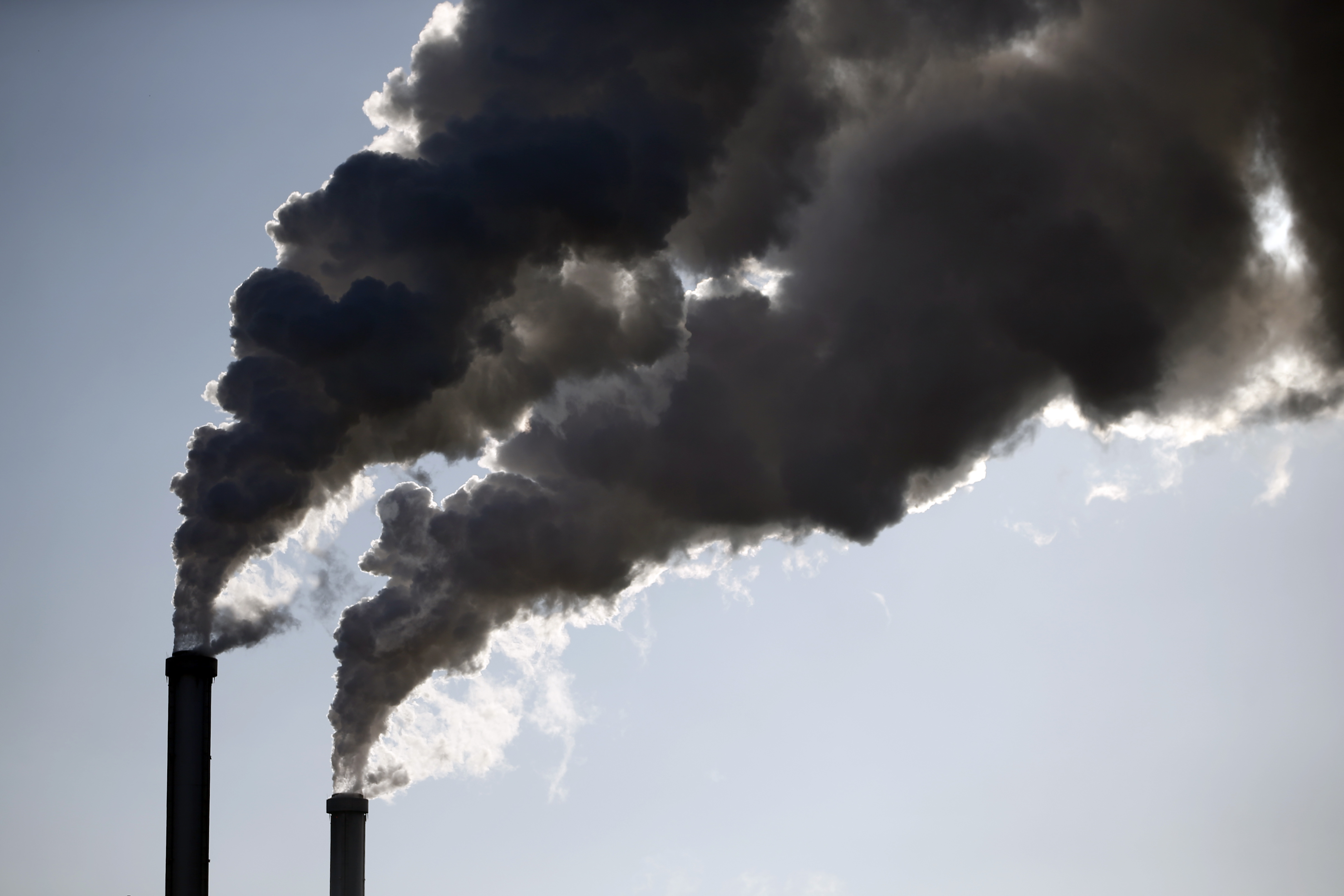 The Paris climate summit: A brief guide
The Paris climate summit: A brief guideThe Explainer More than 190 countries will gather in Paris on Nov. 30 to try to slow climate change. Is it too little, too late?
-
 China's green revolution
China's green revolutionThe Explainer The world's worst polluter is worried about climate change, and is now the biggest global investor in green technology
-
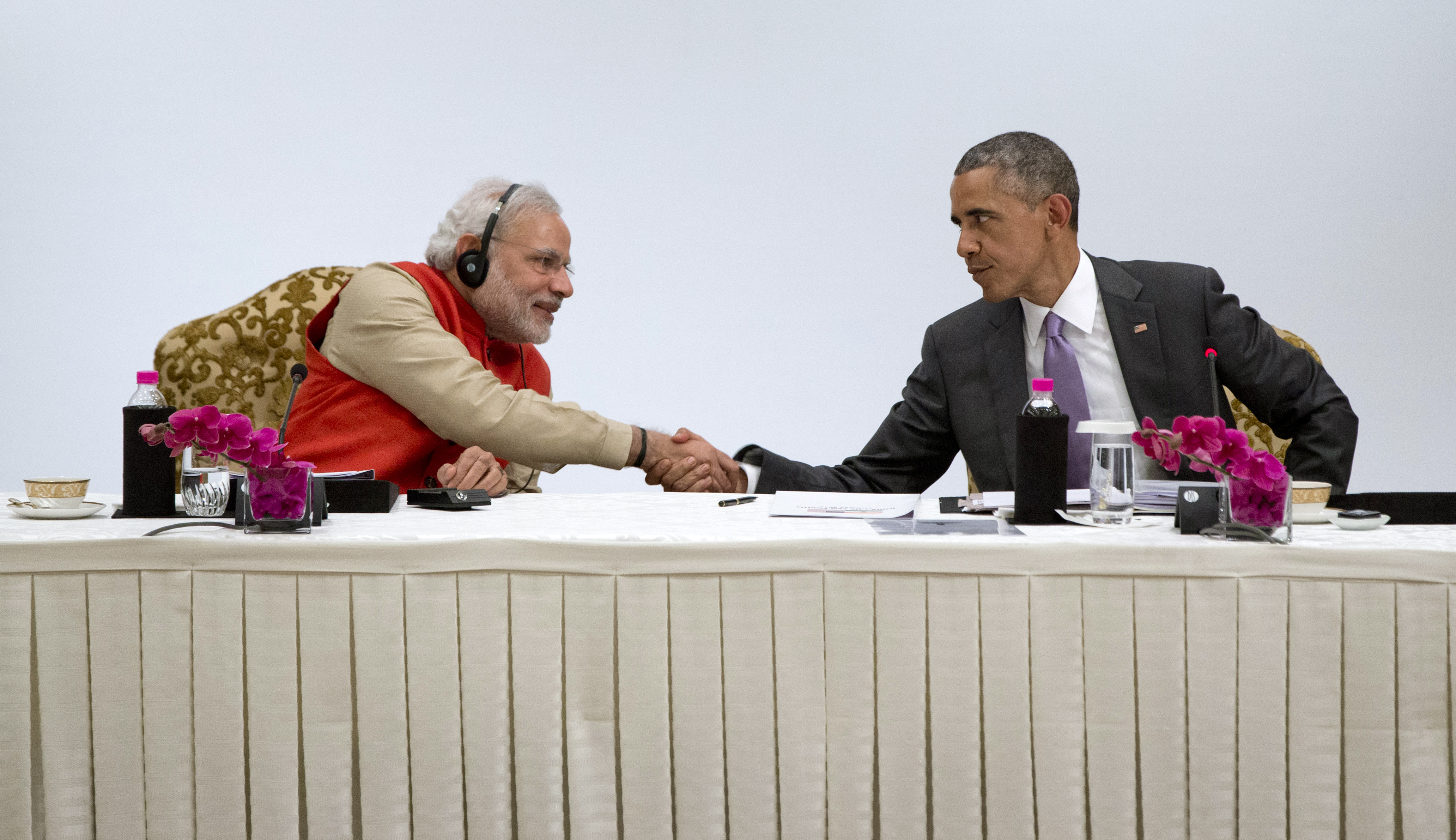 The U.S.-India climate change deal: President Obama is on a roll
The U.S.-India climate change deal: President Obama is on a rollThe Explainer Two cheers for the U.S.-India climate deal
-
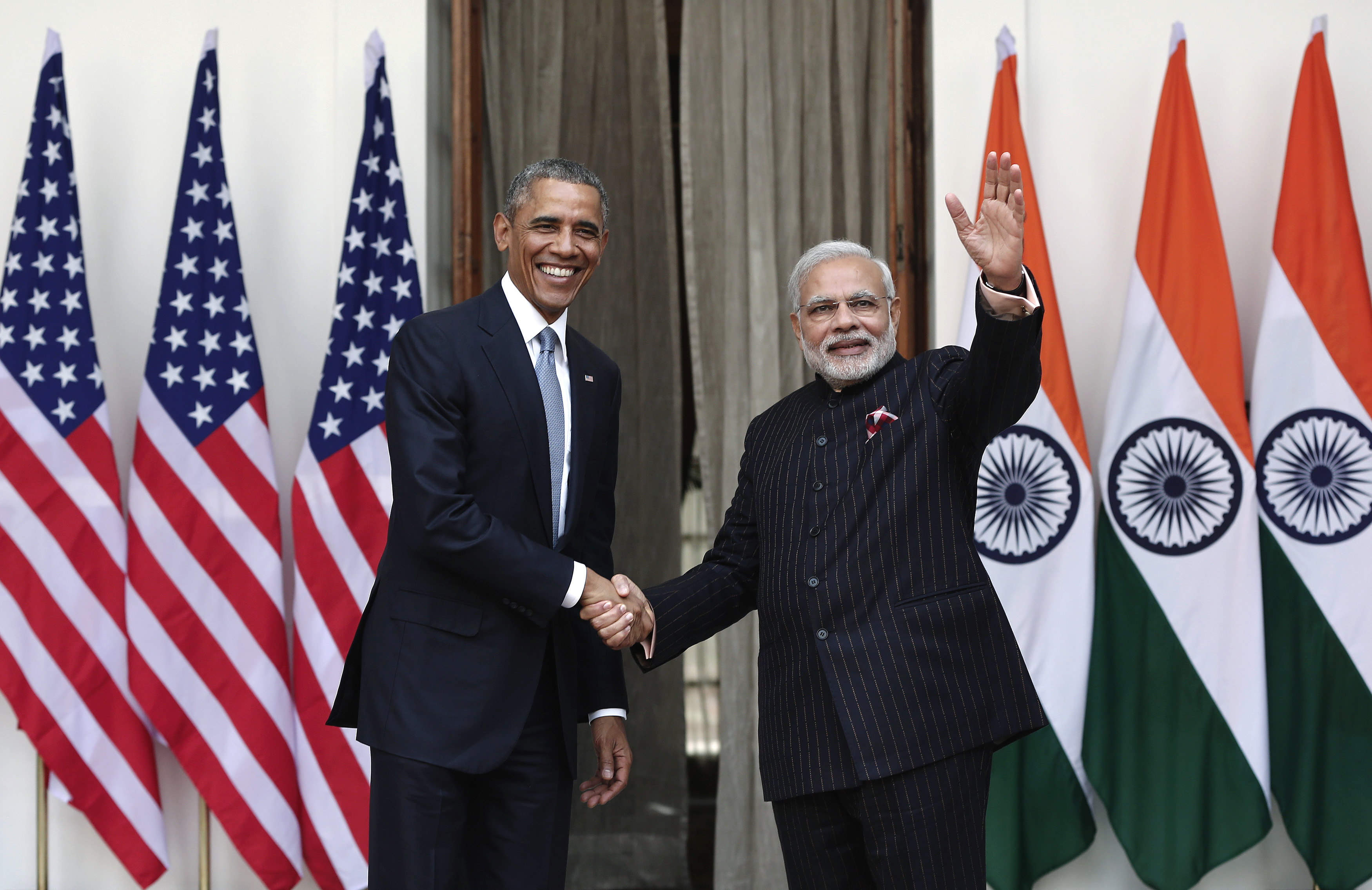 Obama won't be able to repeat his China climate change deal in India. Here's the next best thing.
Obama won't be able to repeat his China climate change deal in India. Here's the next best thing.The Explainer But here's the next best thing
-
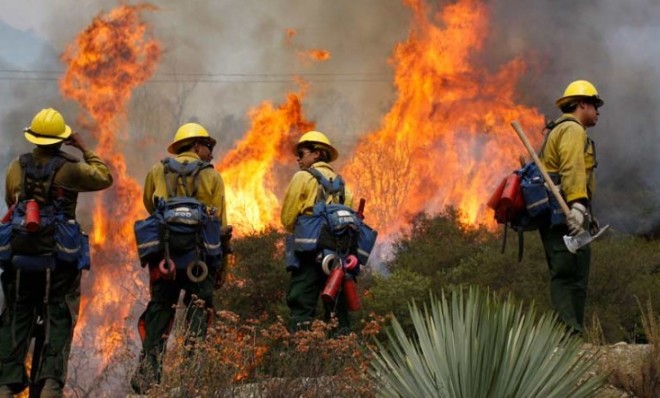 5 things I didn't know about urban wildfires
5 things I didn't know about urban wildfiresfeature